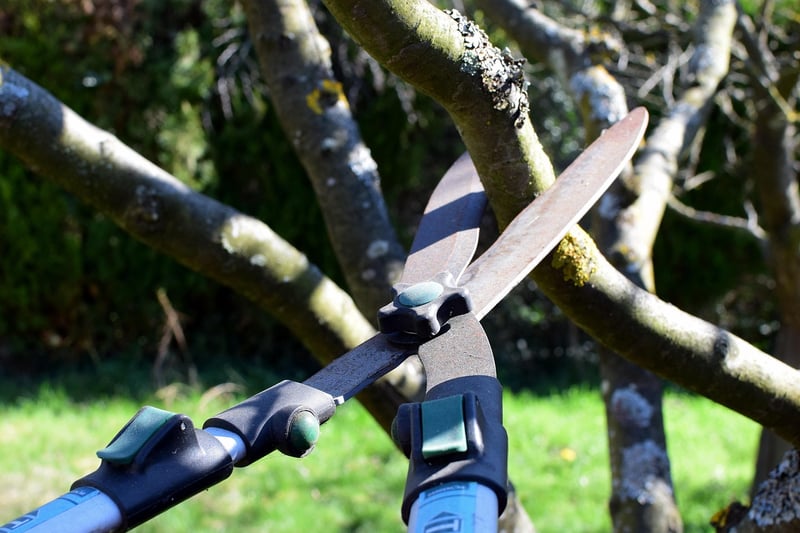Pruning Techniques
Keep Your Garden Healthy with Proper Pruning Techniques
Having a healthy garden not only enhances the beauty of your outdoor space but also promotes the well-being of your plants. One essential practice that contributes to a flourishing garden is proper pruning. Pruning helps maintain the shape, health, and productivity of your plants, ensuring they thrive throughout the seasons. Here are some key tips and techniques to help you master the art of pruning:
1. Understand the Why and When of Pruning
Pruning serves multiple purposes, including removing dead or diseased branches, shaping the plant for aesthetic reasons, promoting new growth, and improving air circulation. Different plants require pruning at various times of the year, so it's crucial to research and understand the specific needs of each plant in your garden.
2. Invest in Quality Pruning Tools
Having the right tools for the job makes pruning more efficient and helps prevent damage to your plants. Invest in high-quality pruning shears, loppers, saws, and gloves to ensure clean cuts and minimize stress on the plants.
3. Learn Different Pruning Techniques
There are several pruning techniques you can use depending on the plant type and desired outcome. Some common techniques include:
- Cleaning cuts: Removing dead, diseased, or crossing branches to maintain plant health.
- Thinning cuts: Removing select branches to improve air circulation and light penetration.
- Heading cuts: Trimming the tips of branches to promote bushier growth.
- Pinching: Removing soft growth with your fingers to encourage branching.
4. Observe Proper Pruning Practices
When pruning, ensure you make clean cuts just above a node or bud to promote healthy regrowth. Avoid leaving stubs or making cuts too close to the main stem. Additionally, disinfect your tools between plants to prevent the spread of diseases.
5. Monitor Plant Response
After pruning, observe how your plants respond to the cuts. Healthy plants will show signs of new growth, while stressed plants may wilt or show discoloration. Adjust your pruning techniques based on the plant's reaction to ensure their continued health and vigor.
By mastering the art of pruning and incorporating these techniques into your garden care routine, you can enjoy a vibrant and flourishing outdoor space throughout the year. Remember, each plant is unique, so take the time to understand their specific pruning needs for optimal results.

Happy pruning!
